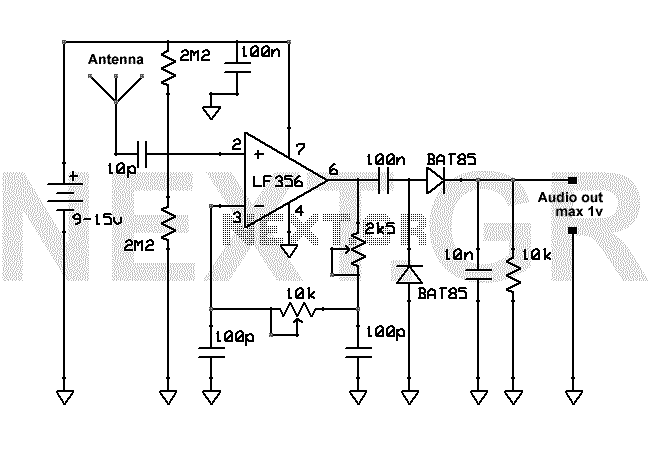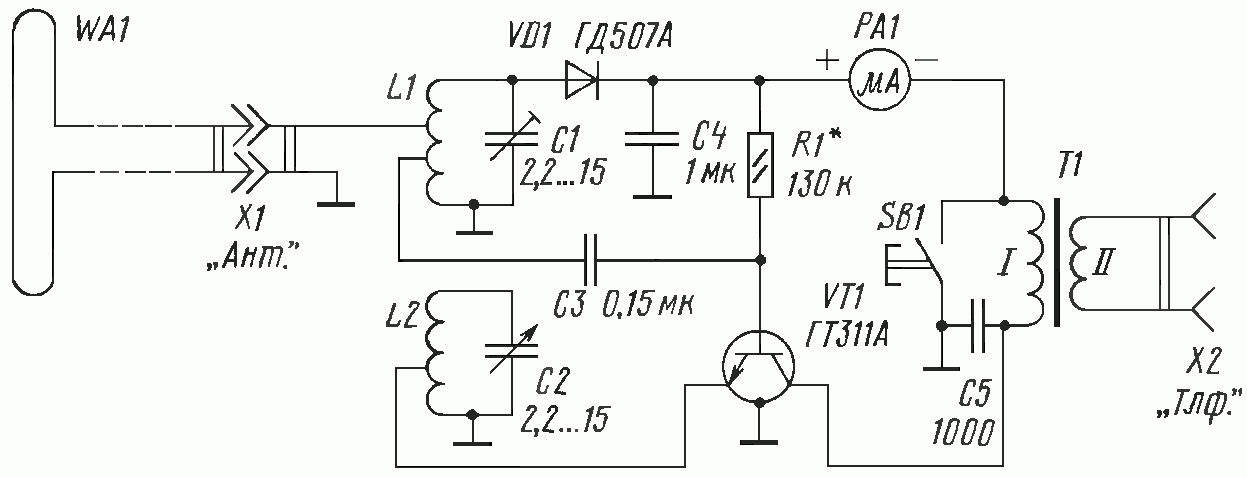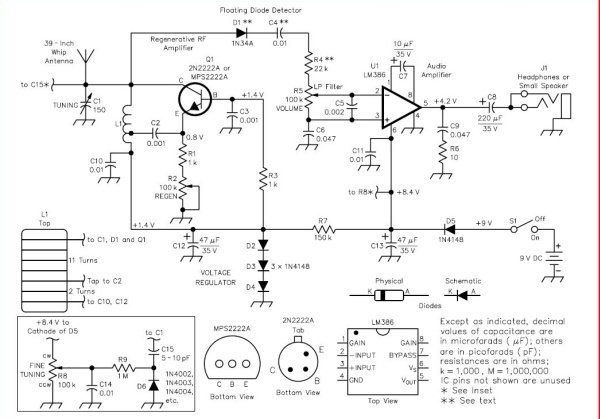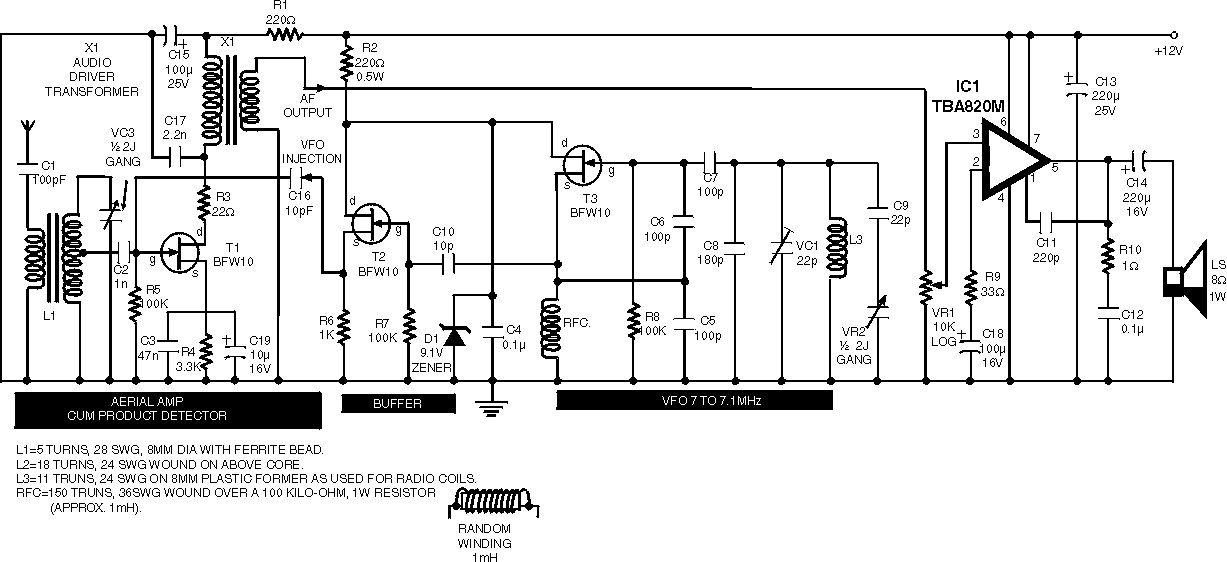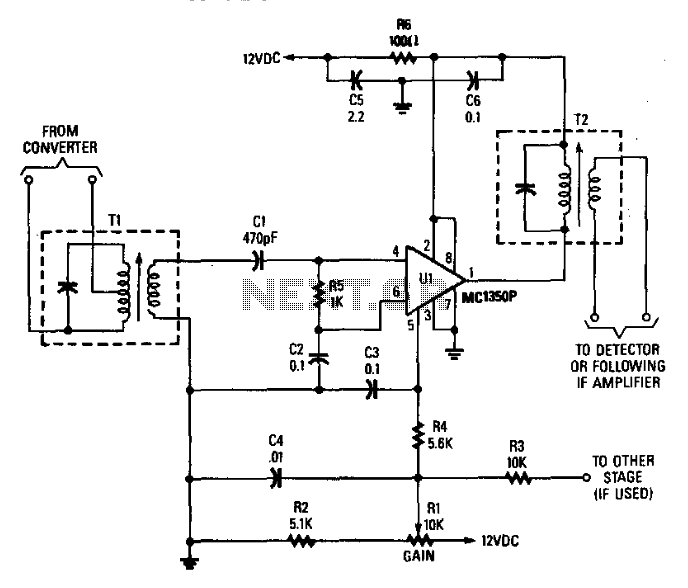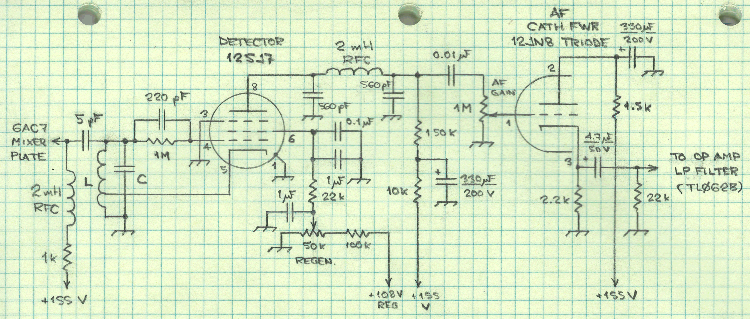
CM8870 CMOS Integrated DTMF Receiver
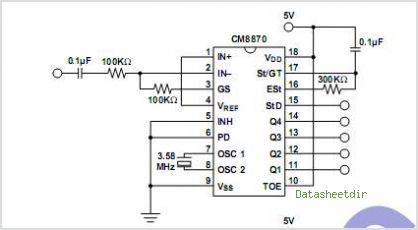
The CAMD CM8888 8888-2 is a fully integrated DTMF transceiver that features adjustable guard time, automatic tone burst mode, call progress mode, and a fully compatible interface for 8051 and 8086/8 microprocessors. It is manufactured using advanced CMOS technology, which ensures low power consumption and precise data handling. The CM8888 8888-2 is based on the industry-standard CM8870 DTMF receiver, while its transmitter employs a switched-capacitor D/A converter for low distortion and highly accurate DTMF signaling. Internal counters facilitate the automatic tone burst mode, allowing tone bursts to be transmitted with precise timing. A call progress filter can be selected by an external microprocessor to analyze call progress tones. The CM8888-2 is electrically equivalent to the CM8888 but does not include the call progress function. This device is produced by California Micro Devices Corporation.
The CAMD CM8888 8888-2 DTMF transceiver is designed to facilitate dual-tone multi-frequency signaling, which is essential for various telecommunication applications. The adjustable guard time feature allows for optimization of the signal timing, ensuring reliable communication in environments with potential signal interference. The automatic tone burst mode provides the capability to send DTMF signals in quick succession, improving the efficiency of data transmission.
Utilizing advanced CMOS technology, the CM8888 8888-2 achieves low power consumption, making it suitable for battery-operated devices. The integration of a switched-capacitor D/A converter in the transmitter section minimizes signal distortion, which is critical for maintaining the integrity of DTMF signals. This design choice enhances the clarity of tones transmitted, thereby improving overall performance in signal recognition and processing.
The internal counters are a significant feature of the CM8888 8888-2, as they enable precise timing for tone bursts. This functionality is crucial for applications requiring accurate tone transmission, such as in automated dialing systems. The ability to select a call progress filter via an external microprocessor allows for flexibility in analyzing different call progress tones, which can be essential for troubleshooting and optimizing communication systems.
In summary, the CAMD CM8888 8888-2 serves as a versatile and efficient solution for DTMF signaling, equipped with features that cater to the needs of modern telecommunication systems. Its compatibility with widely used microprocessor architectures further enhances its applicability in various electronic designs.The CAMD CM8888 8888-2 is a fully integrated DTMF Transceiver, featuring adjustable guard time, Automatic Tone burst mode, call progress mode, and a fully compatible 8051 8086/8 Microprocessor Interface The CM8888 8888-2 is manufactured using state-of-the-art advanced CMOS technology for low power consumption and precise data handling. The CM8888 8888-2 is based on the industry standard CM8870 DTMF Receiver, while the transmitter utilizes a switched- capacitor D/A Converter for low distortion, highly accurate DTMF signaling. Internal Counters provide an Automatic Tone burst mode which allows Tone bursts to be transmitted with precise Timing A call progress Filter CAN be selected by an external Microprocessor for analyzing call progress Tones The CM8888-2 is electrically equivalent to the CM8888 but does not include the call progress function.
By California Micro Devices Corporation 🔗 External reference
The CAMD CM8888 8888-2 DTMF transceiver is designed to facilitate dual-tone multi-frequency signaling, which is essential for various telecommunication applications. The adjustable guard time feature allows for optimization of the signal timing, ensuring reliable communication in environments with potential signal interference. The automatic tone burst mode provides the capability to send DTMF signals in quick succession, improving the efficiency of data transmission.
Utilizing advanced CMOS technology, the CM8888 8888-2 achieves low power consumption, making it suitable for battery-operated devices. The integration of a switched-capacitor D/A converter in the transmitter section minimizes signal distortion, which is critical for maintaining the integrity of DTMF signals. This design choice enhances the clarity of tones transmitted, thereby improving overall performance in signal recognition and processing.
The internal counters are a significant feature of the CM8888 8888-2, as they enable precise timing for tone bursts. This functionality is crucial for applications requiring accurate tone transmission, such as in automated dialing systems. The ability to select a call progress filter via an external microprocessor allows for flexibility in analyzing different call progress tones, which can be essential for troubleshooting and optimizing communication systems.
In summary, the CAMD CM8888 8888-2 serves as a versatile and efficient solution for DTMF signaling, equipped with features that cater to the needs of modern telecommunication systems. Its compatibility with widely used microprocessor architectures further enhances its applicability in various electronic designs.The CAMD CM8888 8888-2 is a fully integrated DTMF Transceiver, featuring adjustable guard time, Automatic Tone burst mode, call progress mode, and a fully compatible 8051 8086/8 Microprocessor Interface The CM8888 8888-2 is manufactured using state-of-the-art advanced CMOS technology for low power consumption and precise data handling. The CM8888 8888-2 is based on the industry standard CM8870 DTMF Receiver, while the transmitter utilizes a switched- capacitor D/A Converter for low distortion, highly accurate DTMF signaling. Internal Counters provide an Automatic Tone burst mode which allows Tone bursts to be transmitted with precise Timing A call progress Filter CAN be selected by an external Microprocessor for analyzing call progress Tones The CM8888-2 is electrically equivalent to the CM8888 but does not include the call progress function.
By California Micro Devices Corporation 🔗 External reference
